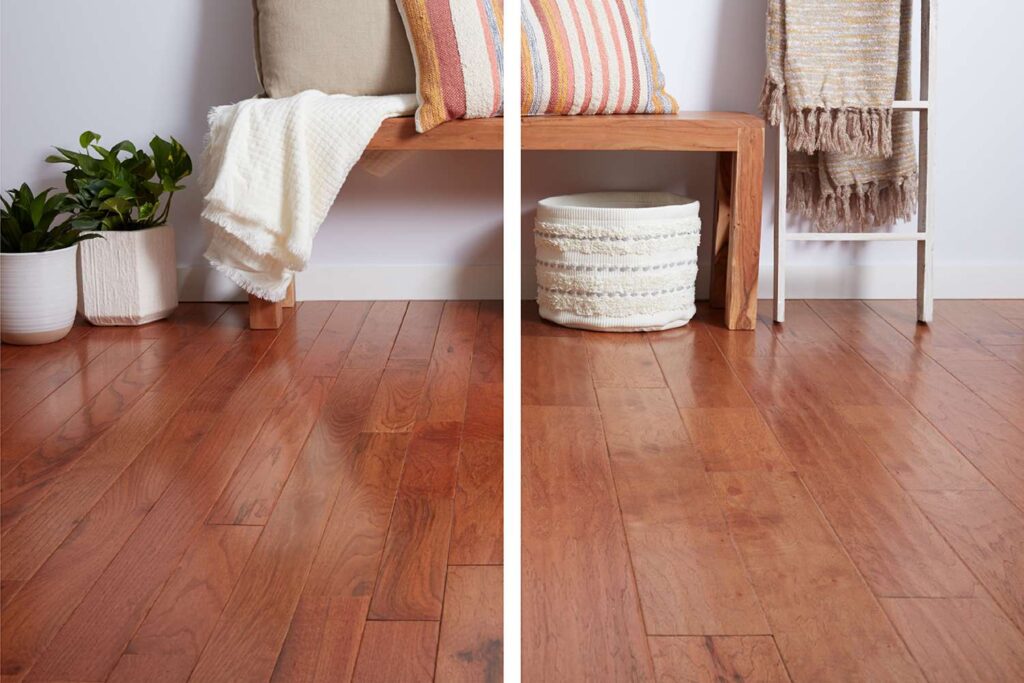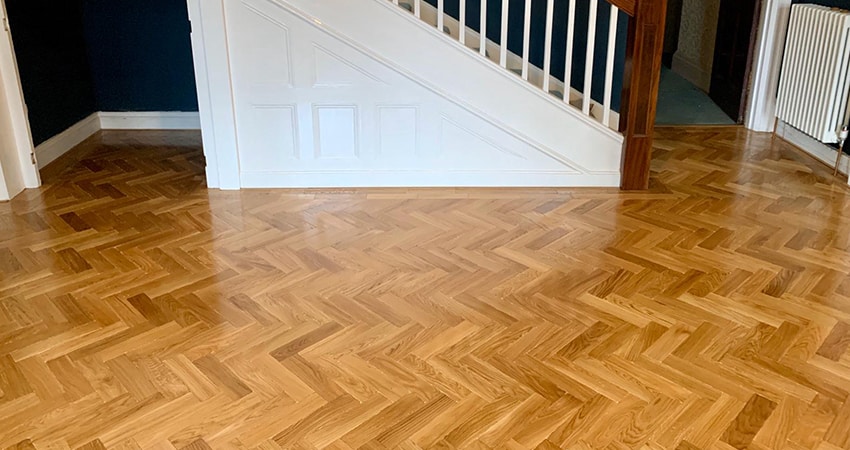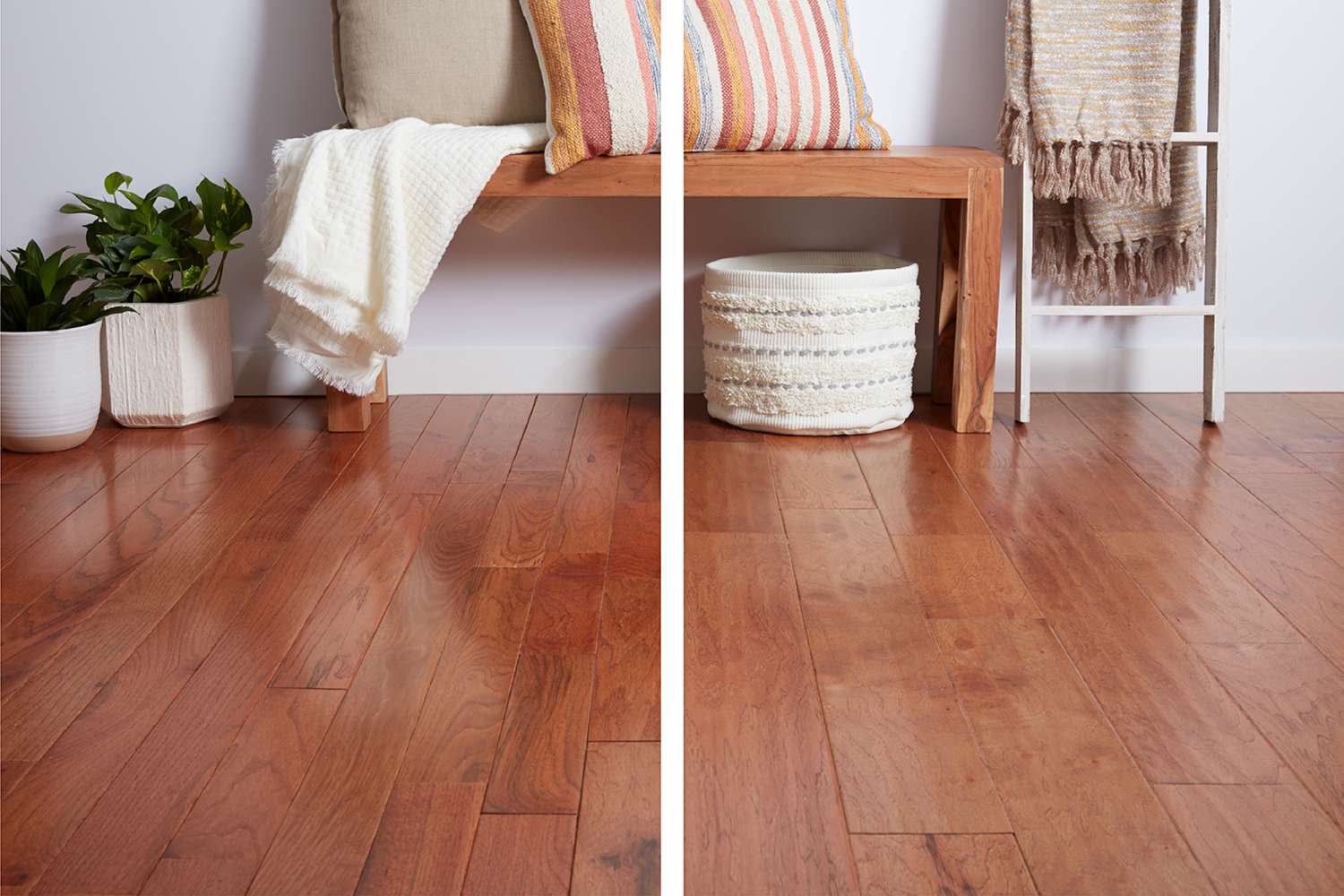Looking for the perfect flooring for your home? Well, you’ve come to the right place! We’re going to dive into the world of flooring durability and explore the best options for each room in your house. From the kitchen to the bathroom, we’ll cover it all. So, get ready to learn everything you need to know about choosing the right flooring to suit your needs.
When it comes to the kitchen, durability is key. We’ll discuss the various flooring options that can handle high foot traffic, spills, and changing temperatures. Then, we’ll move on to the living room, where we’ll explore choices that offer both style and longevity. And don’t worry, we haven’t forgotten about the basement, balcony, bedroom, and bathroom! Each of these rooms presents its own unique challenges and considerations when it comes to flooring. But don’t fret, because we’ve got you covered with expert advice and recommendations. So, grab a cup of coffee and let’s get started on this comparative study of flooring durability! Choosing the right flooring for your home can significantly influence both its appearance and functionality. Your choice will often depend on the specific room in question – the kitchen, living room, basement, balcony, bedroom, or bathroom. Each room has its unique considerations and demands, requiring a distinct approach when choosing flooring.

Kitchen Flooring Options
Let’s begin with the kitchen – the heart of many homes and a place that experiences high foot traffic, spills, and various temperatures.
Hardwood floors
Hardwood floors offer a timeless, warm aesthetic that pairs well with many kitchen styles, from rustic to modern. They provide a natural look and add value to your home. Hardwood is also durable and can withstand heavy foot traffic. However, be cautious with spills and water as they can damage the wood if not promptly cleaned.
Engineered wood
Engineered wood can be an excellent alternative to hardwood flooring in the kitchen. It offers a similar look to hardwood but is more resistant to moisture. Engineered wood is composed of multiple layers of wood with a top layer of hardwood veneer. This construction provides stability and prevents warping and cupping that can occur with natural hardwood in high-moisture environments.
Porcelain or ceramic tiles
Porcelain or ceramic tiles are hard-wearing, easy to clean, and come in a vast array of styles. They are highly durable and resistant to scratches, stains, and water damage. Additionally, they provide a cool surface underfoot, which can be beneficial in warmer climates. However, keep in mind that tiles can be slippery when wet, so it’s essential to choose ones with a textured finish or use rugs or mats in areas prone to water spills.
Luxury vinyl flooring
Recently, luxury vinyl flooring has gained popularity in kitchens due to its durability, water resistance, and affordability. Luxury vinyl comes in various styles, including planks that mimic the appearance of hardwood floors or tiles that resemble natural stone. It is resistant to scratches, stains, and moisture, making it an excellent choice for kitchens.
Living Room Flooring Options
The living room is where you welcome guests and gather with family. Comfort, style, and durability are all important factors here.
Hardwood floors
Once again, hardwood floors shine in the living room, offering both elegance and longevity. The warmth and natural beauty of hardwood create a welcoming atmosphere. They are relatively easy to clean and maintain, and they can withstand the wear and tear of daily living. Keep in mind that hardwood floors may need occasional refinishing to remove scratches and restore their original shine.
Laminate flooring
If you’re after a more budget-friendly option, consider laminate flooring. Today’s high-quality laminate options can closely mimic the look of real wood, offering a similar aesthetic at a fraction of the cost. Laminate is also resistant to scratches and stains, making it suitable for high-traffic areas like the living room. However, laminate floors may not withstand moisture as well as hardwood or engineered wood floors, so be cautious with spills.
Carpet
Alternatively, a plush carpet can create a warm, cozy atmosphere in living areas. Carpeting provides comfort underfoot and helps to absorb sound, making it ideal for family homes. However, it’s important to note that carpet may require more maintenance to keep it looking fresh. Regular vacuuming and professional cleaning can help maintain its appearance and remove allergens.
Basement Flooring Options
Moving onto the basement, it’s important to keep in mind that this space often faces issues like moisture and cold temperatures. Therefore, it’s crucial to select flooring that can handle these conditions.
Vinyl flooring
For basement flooring, vinyl is a great choice. It is water-resistant, affordable, and available in a variety of designs. Vinyl flooring can mimic the look of hardwood or tile, allowing you to achieve the desired aesthetic without the downsides of natural materials in a basement environment. Additionally, vinyl is durable and easy to clean, making it ideal for areas that may occasionally experience water leaks or flooding.
Ceramic tiles
Another suitable option for basement flooring is ceramic tiles. Tiles are waterproof and resistant to moisture, making them an excellent choice for basements prone to dampness. Ceramic tiles are available in various styles and colors, allowing you to create a personalized look. However, keep in mind that tiles can feel cold underfoot, so consider adding area rugs for warmth and comfort.
Engineered wood flooring with moisture barrier
If you desire the look of wood in your basement, consider engineered wood flooring with a built-in moisture barrier. This type of flooring combines the aesthetic appeal of hardwood with the ability to withstand moisture. The moisture barrier helps to protect the wood from warping or cupping due to changes in humidity levels. However, it’s important to note that this flooring may still not be suitable for basements with high levels of moisture or prone to flooding.
Balcony Flooring Options
The balcony presents a unique set of challenges, including exposure to the elements. It’s essential to choose flooring that can withstand outdoor conditions and provide a safe and comfortable surface.
Outdoor tiles (porcelain, slate, granite)
Outdoor tiles, such as porcelain, slate, or granite, can be excellent choices for balcony flooring. These materials are highly durable and resistant to weathering, making them suitable for outdoor use. Additionally, they come in a wide range of styles, allowing you to create a customized look for your balcony.
Wooden decking
Wooden decking is another popular option that provides a warm, inviting look. It can create an outdoor living space and seamlessly connect your balcony to the surrounding environment. However, it’s important to choose a hardwood or a composite wood product that is specifically designed for outdoor use and can withstand exposure to sunlight, moisture, and temperature changes. Regular maintenance, such as cleaning and sealing, will help prolong the life of your wooden decking.
Outdoor rugs
If your balcony is covered, you might also consider outdoor rugs to add a cozy touch. Outdoor rugs are designed to withstand weather conditions and are often made from durable synthetic materials. They can provide warmth, comfort, and style to your balcony while protecting the underlying flooring from potential damage.

Bedroom Flooring Options
In the bedroom, comfort underfoot is often prioritized. The flooring should create a cozy and inviting atmosphere while serving as a practical choice for daily use.
Carpeting
Carpeting is a popular choice for bedrooms due to its softness and warmth. It provides a comfortable surface to walk on, especially when you first step out of bed in the morning. Carpeting also helps to absorb sound, making it ideal for creating a peaceful and quiet sleeping environment. However, keep in mind that carpet may require regular vacuuming and occasional deep cleaning to maintain its appearance and remove allergens.
Hard-surface flooring with area rugs
If allergies are a concern or you prefer a cleaner, low-maintenance option, hard-surface flooring like hardwood or laminate can be a better choice. Hard-surface floors are easy to clean and do not trap dust and allergens like carpeting. You can add area rugs to your bedroom to provide warmth and comfort underfoot. Area rugs can also add a pop of color or pattern to the room and be easily replaced or updated as your style evolves.
Bathroom Flooring Options
The bathroom is a high-moisture environment that requires water-resistant flooring. It’s crucial to select materials that can withstand both daily use and occasional water spills.
Ceramic and porcelain tiles
Ceramic and porcelain tiles are the most common choices for bathroom flooring. They are highly resistant to water and stains, making them ideal for moisture-prone areas. They come in a wide range of colors and designs, allowing you to create a stylish and cohesive look in your bathroom. Additionally, tiles are easy to clean and maintain, making them a practical choice.
Natural stone tiles (slate, marble)
For a more luxurious and unique look, consider natural stone tiles such as slate or marble. Natural stone adds a touch of elegance and sophistication to any bathroom. However, it’s important to note that natural stone can be more expensive and requires regular sealing to protect it from water damage. Additionally, certain natural stones may be more prone to staining and are more sensitive to cleaning products, so it’s essential to follow the manufacturer’s recommendations for maintenance.
Luxury vinyl tiles
Luxury vinyl tiles (LVT) have become increasingly popular in bathrooms due to their waterproof properties and wide range of styles and designs. LVT can mimic the look of natural materials like wood or stone while providing the benefits of vinyl, such as durability, easy maintenance, and affordability. LVT is also softer and warmer underfoot than tiles, making it a comfortable choice for bathrooms.
Cork flooring
Cork flooring is another water-resistant option for bathrooms. It is antimicrobial, making it resistant to mold and mildew growth. Cork is also a renewable and eco-friendly material. It provides a soft and warm surface underfoot, which can be particularly pleasant in cold climates. However, keep in mind that cork flooring may require periodic sealing to maintain its water resistance.

Factors to Consider
When selecting flooring for your home, it’s essential to consider several factors that will impact both the appearance and functionality of your space.
Room-specific considerations
Take into account the specific requirements and challenges of each room. Factors such as moisture resistance in the bathroom, temperature changes in the basement, or exposure to the elements on the balcony will influence your flooring choices.
Appearance and functionality
Consider the overall style and design of your home. Choose flooring that complements your existing decor and creates a cohesive look throughout your space. Additionally, think about how the flooring will function in each room. For example, in high-traffic areas like the kitchen and living room, durability is crucial, while comfort may be a priority in the bedroom.
Durability and longevity
Select flooring materials that can withstand the wear and tear of daily use. Different materials have different levels of durability, so it’s important to choose an option that suits your lifestyle and the specific needs of each room. Remember, investing in high-quality flooring can save you money in the long run by reducing the need for frequent repairs or replacements.
Resistance to moisture and temperature changes
Certain rooms, such as the bathroom and basement, are more prone to moisture-related issues. Choose flooring materials that are water-resistant or waterproof to prevent damage and the growth of mold and mildew. Additionally, consider the temperature fluctuations in each room. Some flooring materials, like hardwood, may expand or contract with changes in temperature and humidity.
Maintenance requirements
Different types of flooring have varying maintenance needs. Some materials may require regular sealing, refinishing, or special cleaning products. Consider your willingness and ability to maintain the flooring properly, as neglecting maintenance can lead to premature wear and damage.
Conclusion
Choosing the right flooring for each room is essential to enhance the appearance and functionality of your home. Considering the specific requirements of each room, such as moisture resistance in the bathroom and temperature changes in the basement, will help you make informed decisions.
Evaluate the durability, maintenance requirements, and style of various flooring options. Take into account factors like foot traffic, comfort, and allergies while selecting the flooring for your living spaces. With a comparative study of different flooring options, you can make an informed decision that meets your specific needs and preferences.
Remember, investing in high-quality flooring will not only improve your home’s aesthetics but also ensure its durability and longevity. So, take your time, do your research, and choose the flooring that will provide both beauty and functionality for years to come.
